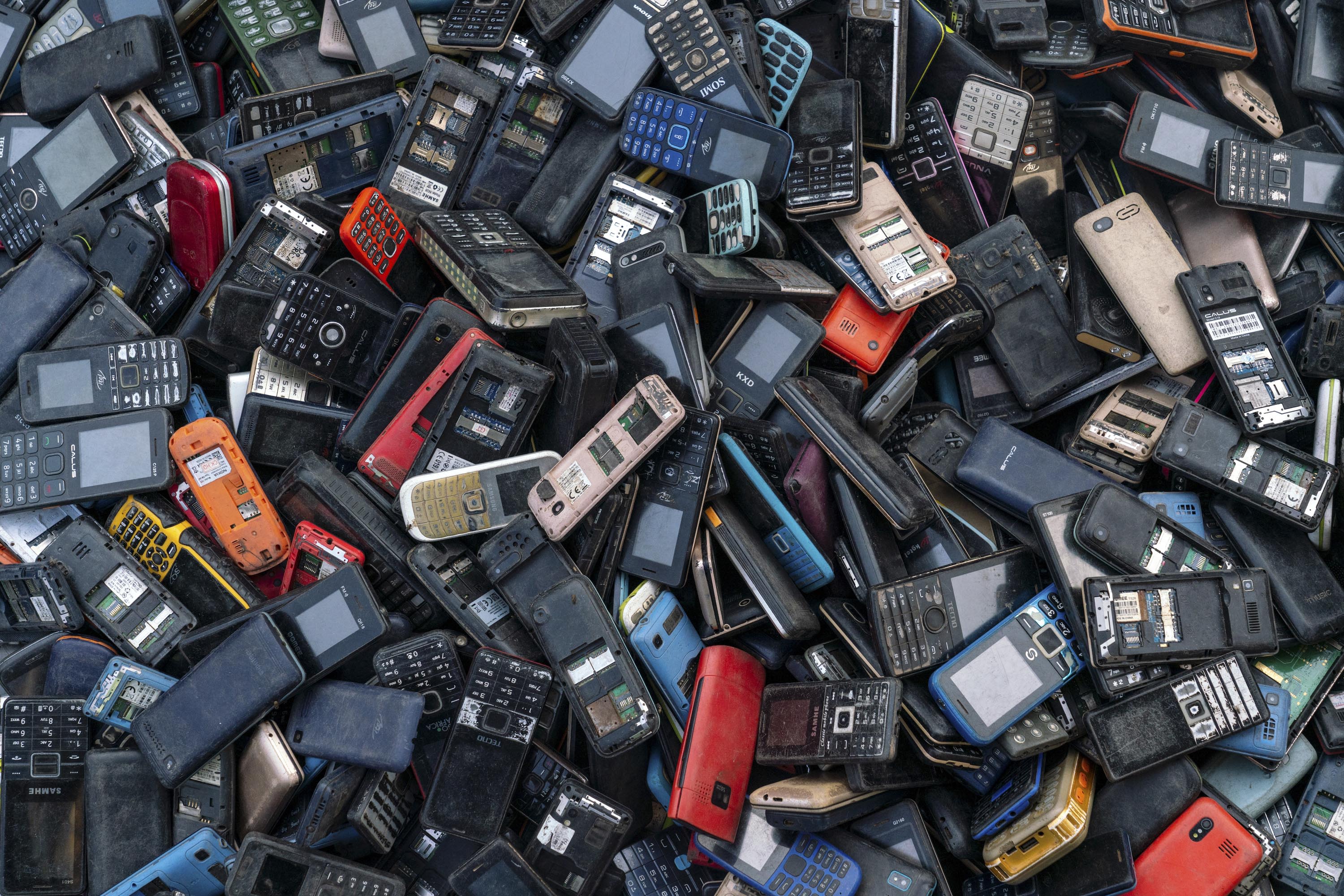The E-waste Problem and Our Challenge

Overconsumption and the Trade-in Illusion
Electronic waste from phones is a rapidly growing environmental crisis. While much of the focus is on recycling and disposal, the real problem begins long before that, with overconsumption. Constant product launches and social pressure to keep up with the newest tech product, especially iPhones, push consumers to upgrade by trading in, even when their current devices are fully functional and barely a year or two old.
This cycle of upgrades drives new production, shortens product lifespans, and adds to rising e-waste, release of toxic materials, and resource depletion. And despite promises of recycling, only a fraction of materials are ever truly recovered.
The Challenge:
How can we challenge this illusion of sustainable trade-ins and encourage people to keep their iPhones in use longer?
What is E-waste and why is it a problem?
- It is toxic, non-biodegradable, and accumulates in soil, air, water, and living organisms.
- In 2022, the average person generated 7.6 million ton f e-waste.
- That’s a total of 62 million tons globally, according to the United Nations.
- Only 17.4 of this electronic waste was properly collected and recycled.
- By 2030, global e-waste is projected to reach 82 million tons, a 32 increase.
- Billions of dollars worth of strategically-valuable resources squandered, dumped; Just 1 of rare earth element demand is met by e-waste recycling.
Apple's role in e-waste:
- In 2021, Apple generated 52,000 tons of total waste, a 14.8 increase from 2020.
- Of this, 1,599 tons was classified as hazardous waste.
- Apple landfilled 15,060 tons of iPhone waste in the same year.
- Each year, over 3 million iPhones are traded in through programs like Apple Trade In.
- About 80 of these devices are dismantled for parts.
- But only 20 of the materials from these phones are actually recycled. The rest is wasted or landfilled.